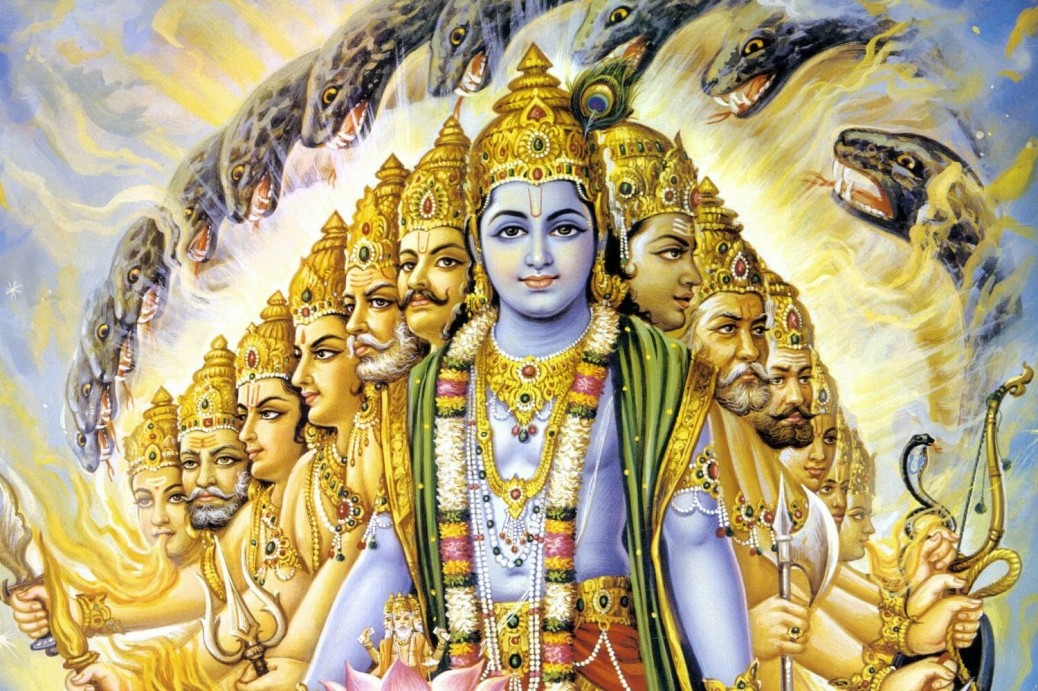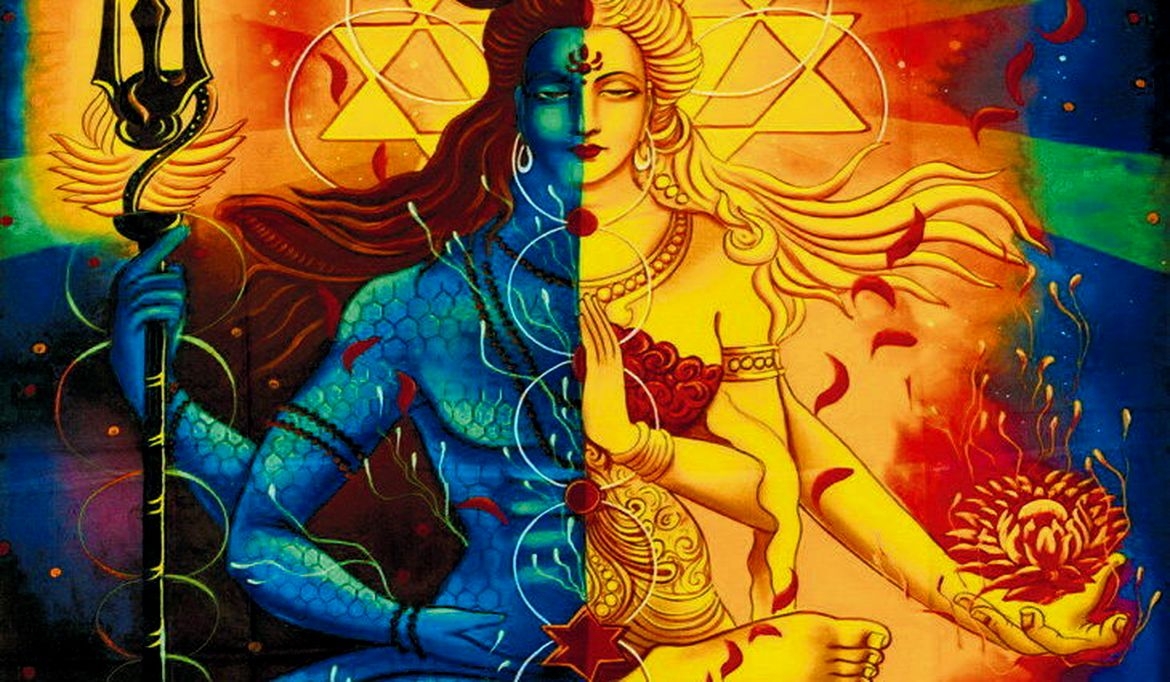Inner Coolness – In Gita Verse 18.76 O King, as I repeatedly recall this wondrous and holy dialogue between Kṛṣṇa and Arjuna, I take pleasure, being thrilled at every moment.
Bhagavad Gita Verse 18.76 conveys profound insights into the transformative power of the dialogue between Lord Krishna and Arjuna. This dialogue is not merely a conversation but a mystical and auspicious event that thrills and delights upon each recollection. The transition from ego to surrender is unparalleled in its mystery and thrill. It is this transformation that elevates an ordinary individual to an extraordinary one. The moment ego surrenders, the individual transcends the mundane, and their presence becomes a source of inspiration and transformation for others.
The story of Arjuna, who was initially despondent and disheartened, serves as a powerful illustration of this transformation. Arjuna’s journey from sorrow to joy, from the depths of despair to the heights of spiritual awakening, is a testament to the power of surrender. As Arjuna’s hands and legs became limp and he sat down in sadness, the dialogue with Krishna revived him, turning his sorrow into joy and his despair into hope. This journey from hell to heaven is a source of immense happiness and inspiration.
The dialogue between Krishna and Arjuna also highlights the importance of joy as the fundamental nature of life. Joy is not merely a fleeting emotion but a spiritual dimension of happiness that reflects one’s intrinsic value and place in the universe. Embracing joy involves a conscious decision to flow with life, to be grateful for its challenges and opportunities, and to avoid setting conditions for happiness.
It is essential to understand that sadness and joy are not merely emotional states but reflections of one’s inner alignment. A person who is perpetually sad, complaining, and grumpy is out of sync with the fundamental nature of life. Such a person has not allowed their life to blossom and is, therefore, in a state of disharmony. On the other hand, a joyful person is aligned with the natural flow of life and is in a state of harmony.
The concept of suffering joyfully may seem paradoxical, but it is a profound truth. Suffering and joy are not mutually exclusive; they can coexist. The key to enjoying suffering lies in not escaping it but facing it head-on. Suffering is always on the periphery, while the true self resides at the centre. By allowing suffering to exist without running away from it, one can observe it from a distance, realising that it does not touch the core of their being. This realisation brings a subtle joy and a sense of bliss, as one understands that their true nature is blissful and not suffering.
It is crucial to distinguish between accepting suffering and seeking it out. The former involves acknowledging the suffering that naturally arises in life and observing it without resistance. The latter, often practised by ascetics and masochists, involves creating suffering for oneself, which is neither healthy nor necessary. Life inherently contains enough suffering through illness, death, and other challenges. By observing this suffering with a dispassionate eye, one can maintain a sense of inner peace and joy.
The story of the Zen nun who chose to die meditating in a fire illustrates the profound inner coolness that can be achieved through deep spiritual practice. Despite the external heat, she remained centred and cool within, demonstrating that the true self is untouched by external suffering. This inner coolness is accessible to everyone through the practice of mindful observation and detachment from suffering. When one is able to watch their own physical and emotional states without attachment, they can achieve a state of inner peace that is unaffected by external circumstances.
Hindus describe this phenomenon as akin to a dream because the distance between the true self and the body is so vast and unbridgeable. It is as if the suffering is happening in another world, on another planet, far removed from the essence of one’s being. This perspective underscores the idea that all suffering exists on the periphery and that the core of one’s being remains untouched and serene. Through consistent practice of mindfulness and detachment, one can experience this profound sense of inner coolness, even in the face of life’s greatest challenges.
When faced with illness or other forms of suffering, one can take it as an opportunity to practise this mindful observation. By watching the illness without analysing or resisting it, one can discover a cool, peaceful centre within themselves. This practice reveals the vast space between the true self and the body, making suffering appear distant and dream-like.
The dialogue between Krishna and Arjuna in the Bhagavad Gita teaches profound lessons about joy, suffering, and the nature of the self. By embracing joy, facing suffering without resistance, and returning to the source of one’s true nature, one can transcend agony and experience ecstasy. This transformation from ego to surrender, from suffering to bliss, is the essence of spiritual awakening.
Tags: Inner Coolness





